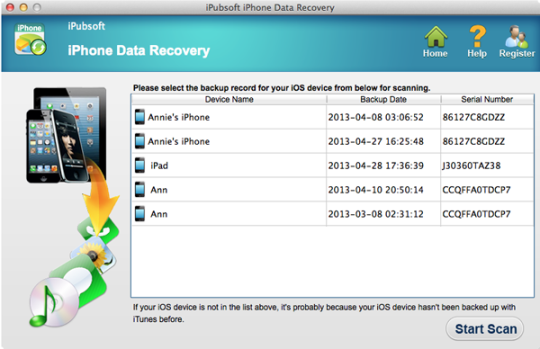


iCloud Mail: Naturally, this is storage for all the emails and attachments you’ve ever received through your iCloud account.iCloud Drive: This is for all your documents (including Mac Desktop and Downloads data) and data from third-party apps on Macs and iOS devices that store data in the cloud.iCloud Backup: It’s used for all the iPad, iPhone and iPod backups you’ve made without using iTunes.There are four principal elements to the service. Why do you need to manage iCloud storage?Īpple has made iCloud storage a seemingly essential element for all its products, from Macs to iPads, iPhones and even Apple TV. No matter how many iPhones, iPads or Macs you buy, Apple only provides 5GB of free iCloud storage. Here are easy-to-follow tips on how to put some of the biggest iCloud data-consuming features on a diet and save money on iCloud storage. But there are ways you can avoid paying for more storage space, or at least limit how much extra you pay. (If I'm wrong correct me, I will accept an answer that is more helpful than this one.No matter how many iOS or macOS devices you own, Apple offers just 5GB of free storage to iCloud users – a paltry amount given what rivals offer. If after 2min we see that the backup takes 20MB we know that it has been synced, but if we see 33kb in the settings after two minutes we don't know if the data just will not go to the backup or if the synchronization just isn't completed yet. Maybe we can check an hour later if we have WLAN, maybe 10min later. So, if the App just stores 20MB in its Documents folder we cannot expect the number to be available in the settings just 2 seconds later. In some cases this number is not useful though, because the iPhone doesn't sync every second and synchronizing takes time. With the iCloud: On the Device, open the settings application and go to iCloud > Storage & Backup > Manage Storage (as hwaxxer already pointed out). If someone finds an easier way of doing this, I may accept that answer.

So you can uninstall the app, synchronize with itunes, check the backup size, install the app, download, kill the app, synchronize again, check the backup size again.
But it's possible to get the total size of the backup in kilobytes with du -k ~/Library/Application\ Support/MobileSync |tail -n1 (there is a space after the \). In ITunes on a Mac: So far I have not found a way that tells you exactly the size of an app in the backup.


 0 kommentar(er)
0 kommentar(er)
